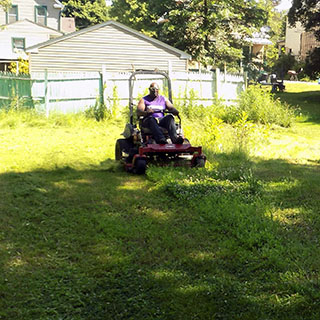If jobs were handed down like hereditary titles, Brent Zitello would be heir to a position in the steel industry.
His maternal grandfather spent his life in the steel mills that once girded this city’s economy; his father worked on the railroads that served U.S. Steel and, later, after being laid off, for a steel-scrap company.
But most of the mills are long gone, and for the past two years Brent and his wife, Lisa, have run a shop called Fresh Prints. In a storefront they rent for just $300 a month, the couple sell customized T-shirts they silk-screen by hand.
“We were so ingrained as a steel town by our parents and our grandparents, it was hard for people to realize that we have to go in another direction,” says Brent’s mother, Dottie, who also has a daughter with a cosmetology business. “My children got out of that mold. They knew they had to go in a different direction.”
Youngstown’s economy, battered for decades, is still looking for direction. There are signs of new life — a technology incubator downtown, some new construction, a handful of new restaurants and a four-year-old steel plant that makes pipe for shale oil and gas drilling. The city also enjoys spillover effects from the revived General Motors plant in nearby Lordstown, where about 4,500 workers churn out the popular Chevrolet Cruze.
But nobody’s calling it a turnaround. The city’s population is still declining — 21 percent since 2000 — to fewer than 65,000 people. Of those, 37 percent live in poverty. Local Air Force reservists have practiced their demolition skills by knocking down some of the city’s thousands of abandoned homes. In the broader metropolitan region, the jobless rate is 6.1 percent, well above the statewide average of 4.8 percent. In general, the new jobsdon’t pay as much as the old.
Into this cauldron have come this year’s presidential campaigns, promising economic salvation. If people are planning to vote their pocketbooks, what will that mean in this part of the swing state of Ohio, where Donald Trump and Hillary Clinton are vying for votes?
The answer isn’t obvious. Youngstown has been plagued by economic problems ever since “Black Monday” on Sept. 19, 1977, when Youngstown Sheet & Tube closed its plants, soon followed by the exits of U.S. Steel and Republic Steel. The region’s economic hangover has outlasted Republican and Democratic presidents, no matter how earnestly they pledged to fix things here.
This year, Clinton is focusing on mobilizing African Americans and women. Her campaign hopes they will be loyal to the party of President Obama, who helped keep the doors open at the Lordstown plant after GM filed for bankruptcy in 2009 and who channeled some economic stimulus money to Youngstown.
Meanwhile, Trump has tried to make inroads among the area’s traditionally Democratic union households by vowing to scrap trade deals, fend off foreign competition and revive the steel industry. “Under a Trump administration, we are going to bring back our steel jobs and we are going to rebuild this nation,” he said in September.
There’s not much evidence that most voters are counting on the next president to help them much. Charlene Long, a member of the United Auto Workers and Democratic foot soldier making calls one afternoon, says one union member she reached supported Trump — not because of any economic policy but because “he said Hillary’s a liar and he wouldn’t put that trash in the White House.”
And Dottie Zitello, who calls herself a Reagan Democrat and plans to vote for Clinton, says: “Some people are waiting for the mills to come back. I don’t care who wins the election. The mills are not coming back.”
Private industry
The clanging of finished steel pipe reverberates in the new steel mill, 10 stories high and five-eighths of a mile long.
The mill’s furnace spits out orange, glowing tubes of steel pipe, which are cooled and shaped and piled in warehousing racks five stories high.
Though most steel mills have shut their doors in Youngstown, a French-owned company called Vallourec Star invested $1 billion to open this new plant here in 2012. Lured by the boom in gas and oil drilling in Pennsylvania’s huge Marcellus shale formation and Ohio’s Utica formation, Vallourec began producing steel tubes for use in drilling wells.
The company got a little help from the American Recovery and Reinvestment Act of 2009: $17 million to clean up the site and get rid of hazardous waste. “The $17 million may sound small, but every dollar adds up,” says Nicolas de Coignac, senior vice president of Vallourec USA. “It was the first money we had to put in there. Having support from the city and the federal money also helped us pick this specific location.”
For the most part, however, the mill arose from natural market forces. Thanks to advances in drilling technology known as hydraulic fracturing, or fracking, and next-door Pennsylvania’s gas-rich shale, the drilling-rig count in Pennsylvania soared from 14 in 2007 to 114 in February 2012.
But then, as quickly as the shale-drilling boom started, it fizzled as natural-gas prices plunged. The Pennsylvania rig count fell to 19 early this year.
For Youngstown, the effect was dishearteningly familiar: more layoffs.
After recruiting and training hundreds of young workers on the new equipment and running the mill at close to full capacity in 2014, Vallourec had to slash its head count by about 35 percent.
“This cut has been a very, very terrible one,” de Coignac says.
Recently the U.S. rig count has started to edge up, and Vallourec hopes that will create more demand. “We still consider what we did an excellent move to build this plant,” de Coignac says. “We are convinced that in the medium to long term it will recover, though maybe not as high.”
Public money
In his 2013 State of the Union address, Obama gave a shout-out to Youngstown.
“Last year, we created our first manufacturing innovation institute in Youngstown, Ohio,” he said. “A once-shuttered warehouse is now a state-of-the art lab where new workers are mastering the 3-D printing that has the potential to revolutionize the way we make almost everything. There’s no reason this can’t happen in other towns.”
The year before, the president had pledged $35 million and later injected an additional $30 million, to be matched by funds from industry. “With this initiative, Youngstown is poised to become the epicenter of burgeoning new industries,” the White House said in a statement.
Four years after its launch, the institute now known as America Makes occupies an old furniture warehouse, handsomely remodeled with cubicles, meeting rooms and a dozen or so 3-D printing machines. These sophisticated printers can create industrial parts or devices from digital models sent from anywhere.
Yet on this October day, no one is on the main floor using the machines, which seem more like museum pieces; upstairs sits a handful of administrators. One conference room’s walls are covered with writing from a recent seminar.
The institute hasn’t lived up to everyone’s expectations. “We really didn’t get those dollars,” says Thomas M. Humphries, president of the Youngstown/Warren Regional Chamber. Only half a dozen of the institute’s 180 members are located in Youngstown.
Rob Gorham, director of operations at America Makes, says there is “a lot of misperception about what an institute is.”
“People expect to see people in lab coats,” he says. “We want lab coats but out in the industrial base. Our role is more about coordinating that. We’re the conductor of an orchestra.”
Gorham says a “major part” of the money — now mostly used up — went to support existing advanced manufacturing programs in industry and at universities. “We didn’t want to create some facility that exists already,” he says. “. . . We’re more than invention and less than commercialization.”
Probably the best-known product by a local firm that has received funding from America Makes is the larger-than-life Trump bobblehead that was on display in July near the Republican National Convention in Cleveland.
Humphries says Obama’s plug “helped us not monetarily but with our reputation. It was a good shot in the arm to get national recognition.”
That has helped bolster a program next door called the Youngstown Business Incubator. It has used about $5 million in federal funds to renovate four connected buildings that now house offices with more than 400 people, mostly working on technology ideas. One of YBI’s spinoffs: education and business software maker Turning Technologies, which employs more than 300 people.
The incubator’s chief executive, Jim Cossler, tries to persuade companies to locate here, selling the city as the halfway point of a “tech belt” stretching from Cleveland to Pittsburgh.
He’s also offering another thing to struggling start-ups: cheap real estate. Renting space at one of the incubator’s buildings can cost as little as $8 a square foot per year, including utilities.
Cossler’s incubator firms are hiring people with advanced degrees, not the low-skilled unemployed. Those people must turn to positions such as the 5,000 call-center jobs that Youngstown has lured here over the past 15 years,
“I’m not pretending that this organization is going to turn this city around,” Cossler says. “But it’s a piece of the puzzle.”
On the streets
To win Ohio, Clinton will need a lopsided victory in Youngstown, a traditional Democratic stronghold where 1 in 5 registered voters is a union member.
And so Jack Filak and Tracey Oates, officials from the American Federation of State, County and Municipal Employees, put on their slickers on this rainy afternoon and go knocking on the doors of union households.
Phil Socha, a truck driver in his mid-40s, saunters out of his garage and assures them that he was behind Clinton.
“Trump scares me,” he says. Anyway, he adds, “what we have now isn’t terrible.” Socha usually drives loads of windows and doors for houses. After the bank and housing bust of 2008, Socha’s time on the road fell from the usual 60 hours a week to 40. But then the Obama administration put into the stimulus bill a clause giving tax credits for energy-efficient windows. Socha’s hours snapped back up to 60 a week, he says, “and it’s been going ever since.”
Dottie Zitello has also seen a stream of people finding work in truck driving. She works as education director at a private technical institute just west of Youngstown that trains truck drivers and truck engine mechanics. Many of the people who enroll are on their second or third careers, and many come from careers such as nursing in search of better pay. Some came after being laid off by Vallourec.
“I think there has been a recovery here,” Zitello says. “It’s just smaller than we’d like it to be.”
Given Trump’s relative strength among white and non-college-educated voters, though, Ohio should be fertile territory: Eighty-four percent of its voters are white, and 60 percent have not attended college. Mark Mangie, treasurer of the Mahoning County Republican Party, says Democrats have neglected Youngstown. Trump voters “are ‘America first’ kind of folks,” Mangie says. “They feel people in this area have taken it on the chin. . . . Those are the people the Democratic Party shoved out, and they’re coming to us.”
And, he says, “we have a lot of Traficant Democrats,” referring to the late James A. Traficant Jr., an iconoclastic advocate for the disenfranchised who was convicted on corruption charges in 2002 and expelled from Congress. “He went to jail and was a crook and a dirty politician, but that doesn’t mean he was wrong,” Mangie says. “We’ve actually quoted some of his stuff in our local party stuff.”
In a dilapidated intersection on Youngstown’s rugged east side, Michael Dulay, 25, is sitting at the bar at the Royal Oaks, a Youngstown stalwart that opened in 1934. Dulay is the housing-project manager for the Youngstown Neighborhood Development Corp.
Who’s to blame for Youngstown’s situation? And who will fix it? “Our problems started in the late ’70s when the mills closed down,” Dulay says. “We don’t rely on the government. We’ve learned to rely on ourselves.”
One of the two brothers who bought the bar and barbecue place 15 years ago steps over. He is named John F. Kennedy because his father, who once shook hands with the president, vowed to name his next son for him after the assassination. The Youngstown Kennedy sports a shaggy goatee and a polo shirt from his day job at the Mahoning County Board of Elections, where he is in charge of the voting machines. He has some choice words about Trump’s assertion that the elections will be rigged.
As it is, Kennedy says, he frequently gets complaints from conspiracy theorists. “Like I need more nuts calling me,” he says.
The Royal Oaks has seen some big customers move away. A privately run prison used to occasionally order 2,000 wings from the bar, but it has transferred its inmates to other facilities in Ohio. On the hopeful side, Kennedy says, a new plant might be on the way for manufacturing special cooling technology for canned drinks. And just last year, his taproom got a badly needed makeover from a reality-TV show called “Bar Rescue.”
“You can’t keep us down,” he says. “We’ve seen the bottom, and it can’t get worse.”
To read the full story from The Washington Post, click here.
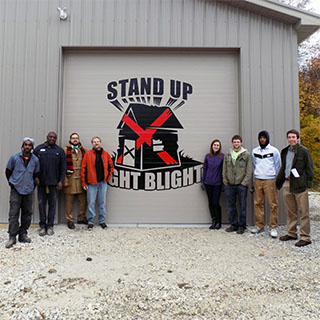 ,
, 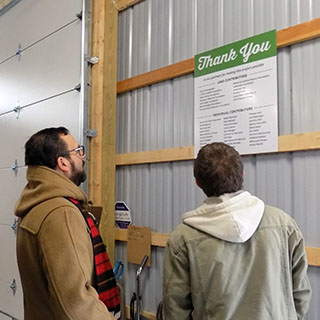 ,
, 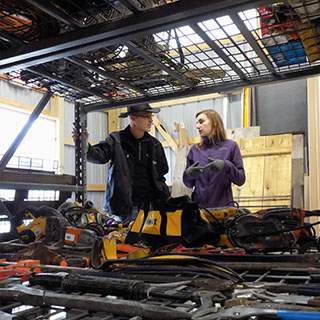 ,
, 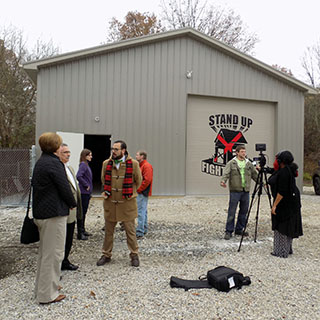 ,
, 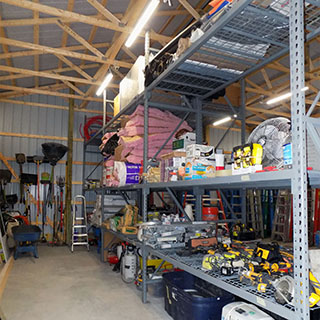 ,
, 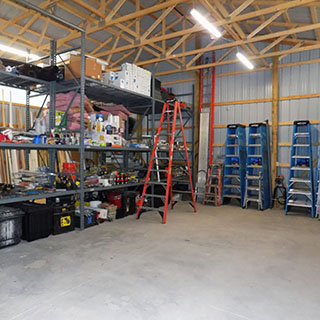 ,
, 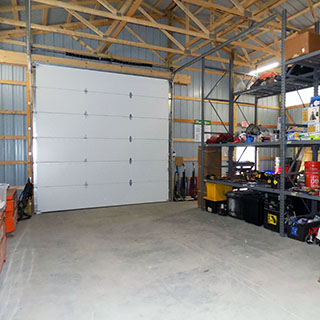 ,
, 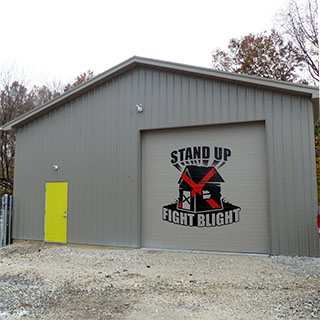 ,
, 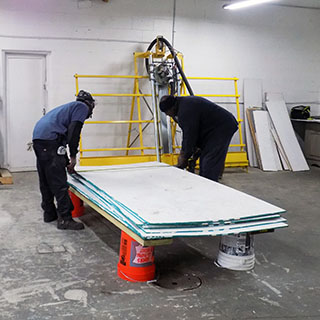 ,
, 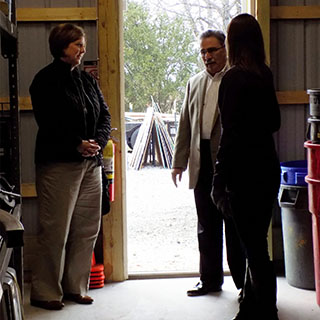
 ,
,  ,
,  ,
,  ,
,  ,
,  ,
,  ,
,  ,
,  ,
, 

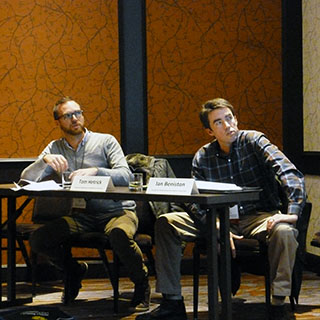 ,
, 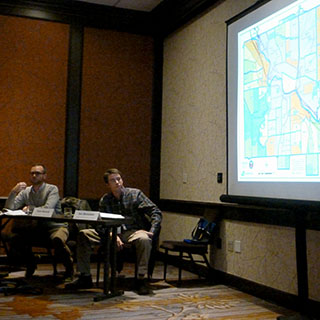
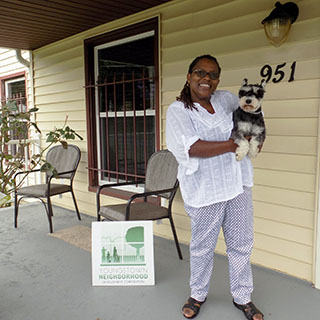 ,
, 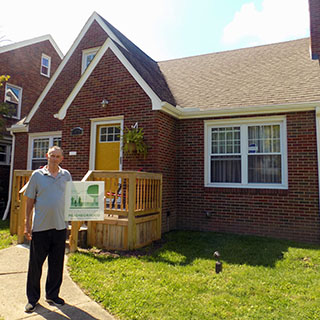 ,
, 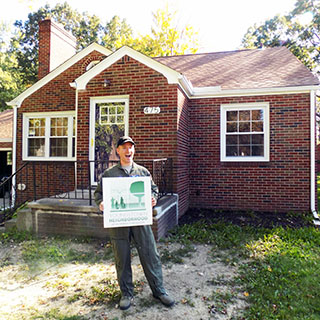
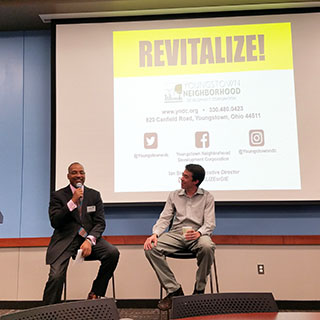 ,
, 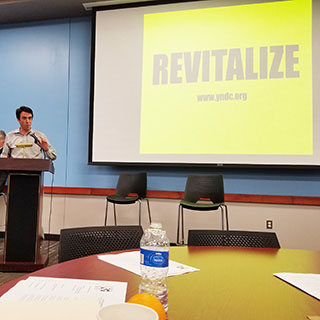
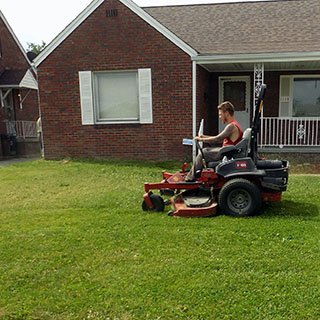 ,
, 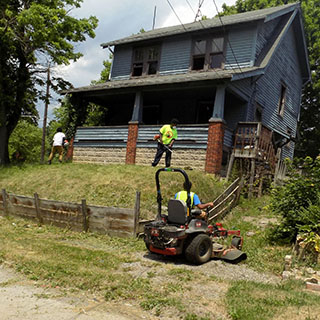 ,
, 